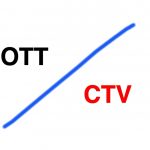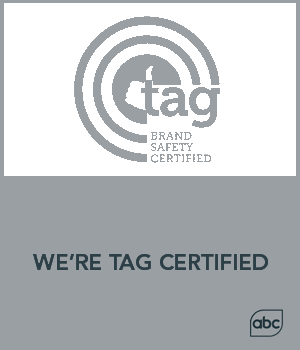Table of Content
Technology is changing the way modern advertising works. First there was Internet, then mobile phones and a slew of devices came along and then our TV become smarter. As a marketer or business owner, you will have to stay abreast with the development and modernize your business to keep pace with the technology that can provide tremendous benefits to help grow your business. One of the rising trends is OTT advertising and this is something that one can easily embrace and extend your marketing channels. So, what is OTT advertising? How does it work?
Before That, What is OTT?
Before we discuss how OTT advertising, it’s crucial that we know what it is.
Over-the-top (OTT) is now commonly used to refer to streaming services and contents that stream to users through the Internet. OTT is often confused with connected TVs and there is an impression that OTT is about TVs only. This was probably true very earlier on, but no more. OTT can be stream anywhere on to your digital devices as long as you are connected to go online.
Here are the three categories that OTT fits in.
1. OTT Services
OTT is now disrupting some of the services that were initially provided offline, through physical media.
Traditionally, if someone wanted to buy stock, there could be a physical meeting with the stockbroker, shouting the price they want to buy or sell shares. A counterparty would then accept whether the price is fair or not.
Nowadays, bonds and stocks are bought online and confirmed within a blink of an eye. This is saving time, not to forget the vocal cords of thousands of stockbrokers.
Hailing a taxi is another thing OTT has disrupted. Traditionally, you had to hail a taxi to get a ride. But today they’re ride-apps such as Uber that users can book online.
2. Contents Streaming via OTT Apps
OTT has significantly affected the business, from which the name was first made for – cable providers.
Many people are finally cutting the cord and ending the charges that come with it by embracing streaming services.
The leading in the list is Netflix, Hulu, and YouTube, each with millions of followers. Other OTT apps utilize the internet to send SMS, MMS and make phone calls. For instance, text messages were only sent using cellular service. But today WhatsApp, WeChat, iMessage, and other digital communication apps rule and only need the gadget to be connected to the internet to perform all of that.
3. OTT Devices
The OTT gadgets help everyone to adjust to the new changes in the industry. For example, those without smart TV can use Apple TV, Chromecast, Roku, and Fire Stick to stream, using their normal TV. On top of that, you are now able to watch OTT video contents over your mobile phones and tablets/ipads as long as you use the corresponding video streaming apps.
As Internet-of-Things (IoT) devices proliferates the home, they will continue disrupting different sectors. For example, some people are installing solar panels to avoid the charges that come with the power grid.
Benefits of OTT Devices
OTT apps are beneficial for both advertisers and consumers. For instance, OTT apps offer more options for payment and advertisement strategies than traditional methods.
Other benefits are:
Customer Segmentation. In traditional advertising, marketers didn’t know who was listening to their adverts on the radio. But with OTT, even podcast apps offer insights, including episode retention, device types, and geography.
Increased Efficiency. OTT devices have helped in saving time and improving delivery by eliminating the middleman, like in the case of buying ad spaces as well as stock.
Final Thoughts
OTT has disrupted many industries and brings lots of convenience into our lives. In the marketing world, marketers can now promote their products to a targeted audience. This means more returns.
Read our article on “How to buy OTT advertising?” to learn more.










